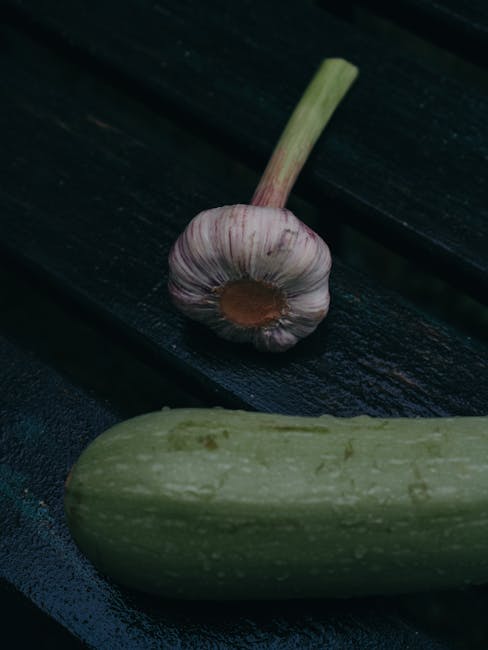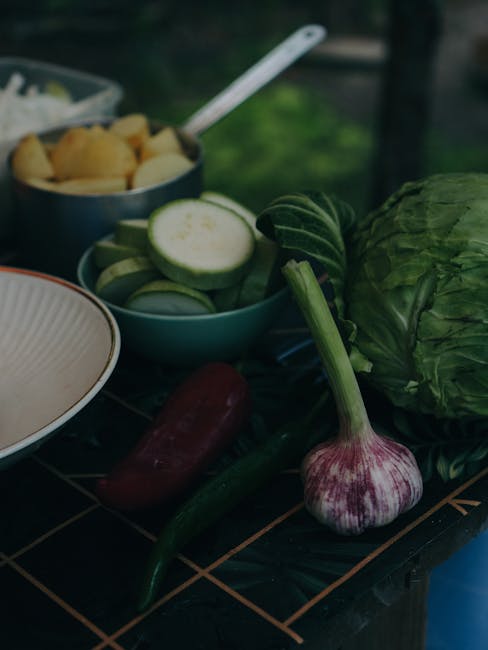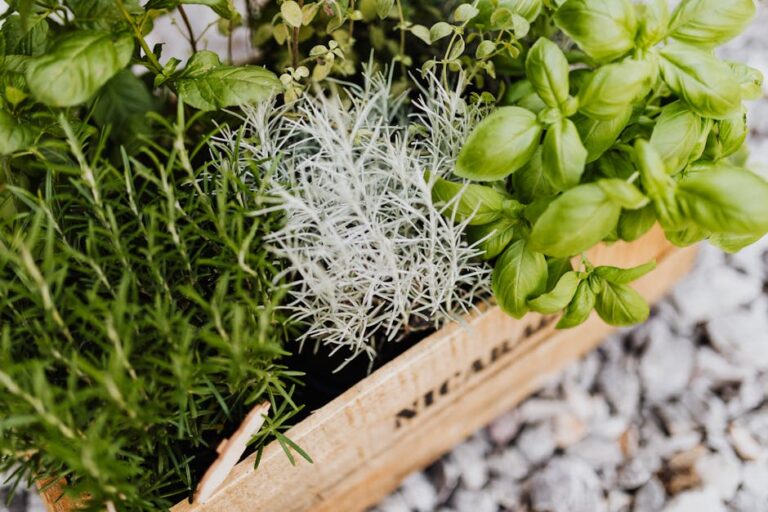When to Harvest Garlic Scapes: A Comprehensive Guide for Maximum Flavor and Yield
When to Harvest Garlic Scapes: A Comprehensive Guide for Maximum Flavor and Yield
Garlic scapes, those curly, green shoots that emerge from garlic plants, are a culinary treasure often overlooked. These flavorful tendrils offer a unique blend of garlic’s pungency with a delightful herbaceousness, making them a prized ingredient in many dishes. But knowing precisely when to harvest garlic scapes is crucial for maximizing their flavor and preventing the plant from diverting energy away from bulb development.
Understanding Garlic Scape Development
Garlic scapes appear as the garlic plant begins its reproductive phase. They’re essentially the plant’s flower stalk, and their emergence signifies that the plant is preparing to bloom. This process typically occurs in late spring or early summer, depending on your climate and the specific garlic variety you’re growing. The timing is crucial because harvesting scapes at the right moment ensures they’re at their peak flavor and texture, while also promoting healthier, larger garlic bulbs.
Factors Influencing Scape Emergence
Several factors influence when your garlic scapes will appear. These include:

- Variety of Garlic: Different garlic varieties have varying maturation rates. Some may produce scapes earlier than others.
- Climate and Temperature: Warmer climates generally lead to earlier scape emergence. Cool, late springs can delay their appearance.
- Planting Time: The time of year you plant your garlic will impact when the scapes develop. Fall planting typically results in scapes appearing earlier than spring planting.
- Soil Conditions: Well-drained, nutrient-rich soil contributes to healthy plant growth, including the timely emergence of scapes.
The Ideal Time to Harvest Garlic Scapes
The optimal time to harvest garlic scapes is when they’re young, tender, and have reached their full size but haven’t yet become too thick or woody. This usually occurs when the scapes are around 6-8 inches long and still relatively straight and flexible. They should be a vibrant green color, indicating their freshness and flavor. If you wait too long, they’ll become tough and fibrous, losing their desirable tenderness and pleasant flavor.
Signs of Optimal Harvest Readiness:
- Length: Aim for scapes that are 6-8 inches long, though this can vary slightly based on the variety.
- Texture: They should be firm but bendable, not stiff or woody.
- Color: A bright, vibrant green color indicates freshness.
- Curling: A slight curl is acceptable, but avoid those that are tightly coiled or show signs of opening.
Techniques for Harvesting Garlic Scapes
Harvesting garlic scapes is a simple process. Using clean, sharp pruning shears or scissors, carefully snip the scapes just below the curl where they emerge from the plant. Avoid pulling the scapes, as this could damage the plant and reduce the size of the garlic bulb. When cutting, leave about 1-2 inches of the scape attached to the plant to prevent any diseases from entering the plant.
Harvesting Considerations:
- Timing: Regularly inspect your garlic plants every few days during the scapes’ development period to identify when they’ve reached the optimal harvesting stage.
- Quantity: Harvest as many or as few scapes as you need. Regular harvesting encourages the plant to focus its energy on bulb development.
- Storage: After harvesting, store scapes in a plastic bag in the refrigerator to maintain their freshness for up to a week. You can also freeze them for longer storage.
Consequences of Harvesting Too Early or Too Late
Harvesting garlic scapes too early means you’ll miss out on their full flavor potential. They will be smaller and potentially less flavorful. Conversely, harvesting too late results in tough, woody scapes that are unpleasant to eat. The plant’s energy will be diverted to the scape rather than the bulb, potentially resulting in smaller garlic bulbs.

Harvesting Too Early:
- Smaller scapes
- Less intense flavor
- Reduced culinary appeal
Harvesting Too Late:
- Tough and woody texture
- Stronger, less pleasant flavor
- Smaller garlic bulbs
Maximizing Garlic Scape Yield and Quality
Proper planting, soil conditions, and regular care contribute significantly to the overall yield and quality of garlic scapes. Following these tips can help optimize your harvest:
- Choose the Right Variety: Select garlic varieties known for producing abundant and flavorful scapes.
- Plant in Well-Drained Soil: Ensure your garlic plants have access to well-drained soil rich in organic matter.
- Provide Adequate Sunlight: Garlic plants require at least 6-8 hours of sunlight daily for optimal growth.
- Water Consistently: Maintain consistent soil moisture, particularly during dry spells.
- Fertilize Properly: Use a balanced fertilizer to promote healthy growth.
- Weed Regularly: Remove weeds to prevent competition for nutrients and water.
- Protect from Pests: Monitor your plants for pests and take appropriate measures to protect them.
Using and Preserving Garlic Scapes
Garlic scapes are incredibly versatile in the kitchen. They can be used in a wide range of dishes, adding a unique flavor dimension. Here are some popular ways to use them:
- Sautéed: Simply sauté them with olive oil and garlic for a delicious side dish.
- Stir-fries: Add them to stir-fries for a burst of flavor.
- Pestos: Incorporate them into homemade pesto for a unique twist.
- Soups and Stews: Use them to enhance the flavor of soups and stews.
- Pasta sauces: Add them to pasta sauces for a fragrant and flavorful addition.
- Pickled: Pickle them for a tangy and flavorful condiment.
- Frozen: Blanch and freeze them for later use.
Conclusion: Reap the Rewards of Perfectly Timed Harvesting
Harvesting garlic scapes at the right time is crucial for maximizing both their flavor and the health of your garlic bulbs. By paying close attention to the signs of maturity and employing proper harvesting techniques, you can enjoy the delicious bounty of these often-underutilized culinary gems. Remember that the key is to harvest when they are young, tender, and vibrant green, ensuring a delightful culinary experience and a bountiful garlic harvest.








